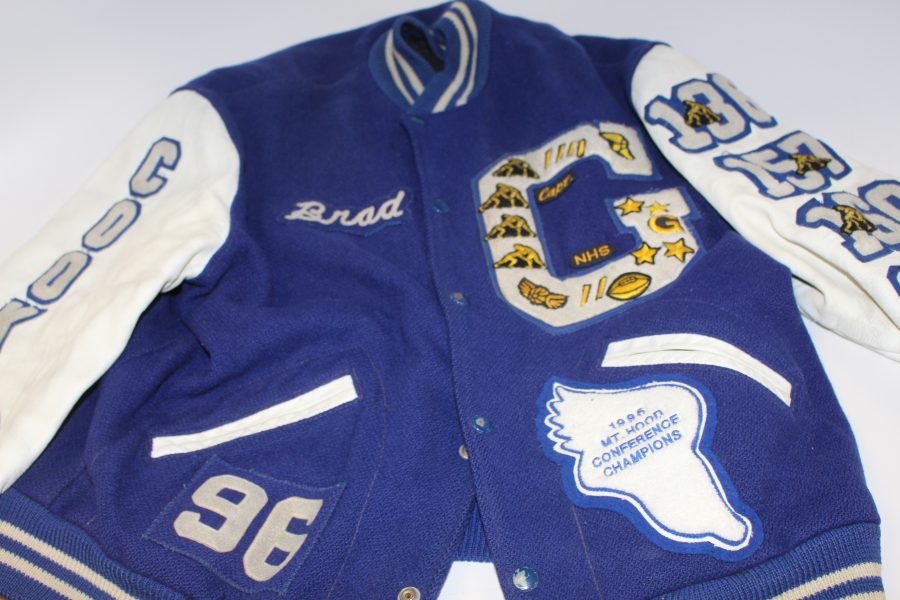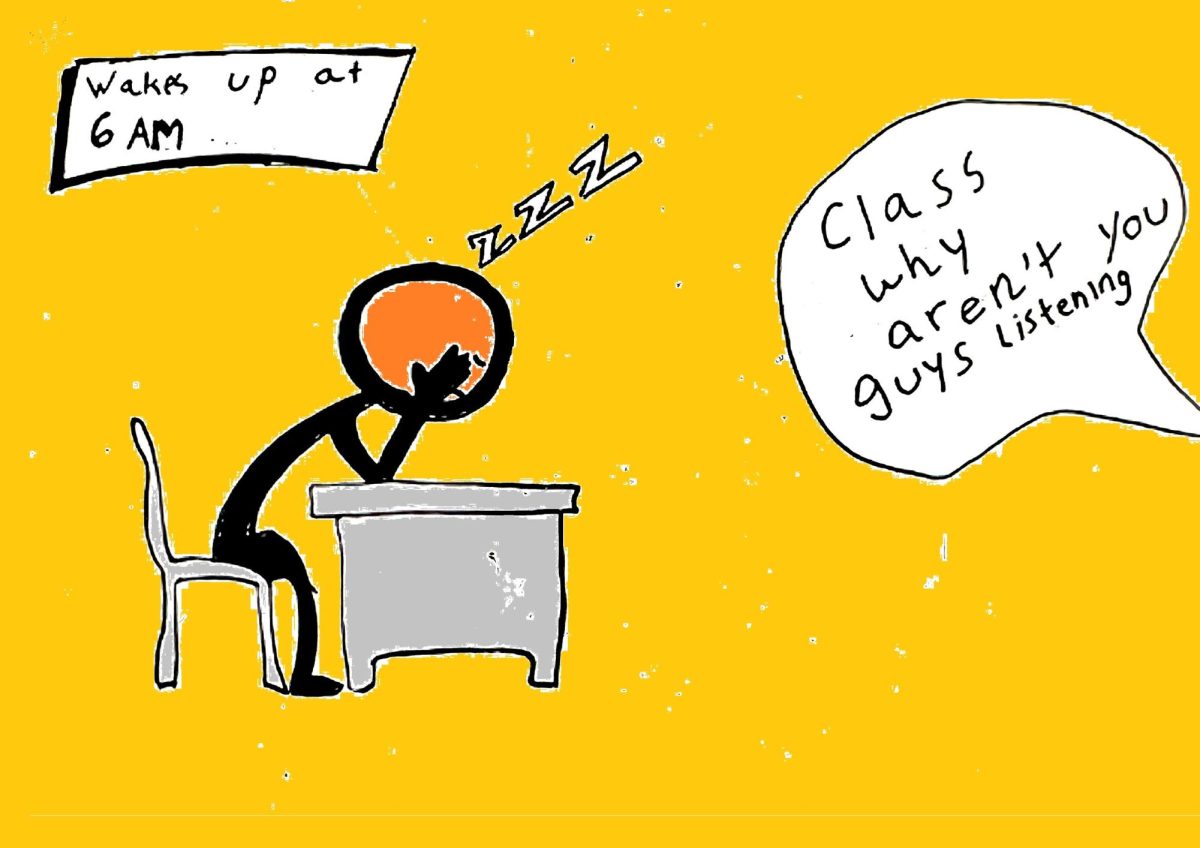During school hours on campus, hundreds of different clothing styles can be seen. From maxi skirts to faded jeans, prairie tops to crop tops, and pajamas to spaghetti straps. Some are deemed inappropriate by the dress code, while others are not. Everyone has a different interpretation on what the school dress code policy is, and that needs to be hashed out by the faculty prior to addressing it with the teenagers. For that reason, the dress code policy should be changed regularly and detailed so that it will go with students current fashion.
Students around the school can be seen wearing all sorts of fashion from simple “modern” fashion to a more “retro” fashion. There is always a type of clothing trend that may appease someone and be rejected by another, and staff members often wrestle with how fashion trends enter the school community.
According to security monitor Kathy Kowaleski, she considers herself more modest which makes her enforcement of the rule straightforward.
Currently there are some articles of clothing that do not seem to abide with the current school dress code, most specifically belly shirts and short shorts. On page 21 of the 2013-2014 Student Handbook & Calendar, three fourths of the page is the entire school dress and grooming policy, but it still leaves room for individual interpretation of the rule.
The dress code addresses clothing that promotes drugs and violence, contains lewd, derogatory or suggestive designs and that may be interpreted offensively to a second party whether it be words or pictures, are prohibited. It also brings up head coverings, permanently tinted glasses, facial disguises, chains and spikes and excessive exposure of the body. Gloves and loungewear are also prohibited on school campus during school hours. Students can refer to this, but common practice differs from student to student and case to case.
Although much of what a student reads in the handbook explains the overall policy of the dress code, there are specific details that need to be added in so that students know exactly what they are supposed to wear and not wear. The word “excessive” can mean different things to different people.
Sophomore Elizabeth McKnight stated that she was recently called out for showing her stomach, but she did not know that was considered immodest. She knew that a rule existed, but she had no clue about the specifics. She had never seen it enforced, so she just went ahead with the fashion choice.
Since the dress code is not overly specific, students are not aware of what is acceptable versus inappropriate. For this reason, the dress code should change each year to fit with the students’ current fashion. This would help administrators and teachers become more consistent and leave less room for personal interpretation, based on individual background.
As the style of clothing changes in society, teachers interpret the dress code differently; some crack down on students, while others let students slide.
According to vice principal Danelle Heikkila, there is a lot of judgement that comes into play when teachers are enforcing the dress code and it can be complicated. One example she shared is with see-through tops. If there is a tank top underneath, then it is appropriate; however, if one can see undergarments, it needs to be addressed. This shows how she is able to take a current trend and interpret the rule.
Heikkla adds that the administrators have been trying to get everyone on the same page for years, but she adds this is nearly impossible because people’s opinions on what is immodest or not differs greatly. She says there is not a consistent policy, as it requires a lot of personal judgement, and it is a hard thing to talk about with kids.
Kowaleski tries to use her best judgment when reinforcing the school dress code.
According to Kowaleski, she generally tells students who are slightly violating the policy that she does not want to see it again; if it is over the top inappropriate, then she requires them to change.
She admits that her opinion on what she deems appropriate may be a little old fashioned. Since everyone grows up during different time periods, there are different opinions on what is considered ¨acceptable.¨
According to English teacher Jim Gardenhire, he follows the general dress code, but due to the different understandings on the policy, he is not always comfortable enough to state his opinion on immodest and improper school attire.
Gardenhire has successfully approached six students about their attire over the course of six years. He stated that it was hard for him because a combination of factors, such as the gender of student and whether he knows the student well enough to point out their clothing. Gardenhire explains that because he is a male teacher, he knows that it can be uncomfortable for a male teacher to approach a female student and tell her that her choice of clothing is not school appropriate. For reasons like that, he asks English teacher Brandi Kruse to step in and tell that student. She confirmed she has done so when needed.
If the dress code becomes more specific on what should be cracked down on, teachers would have an easier time feeling comfortable enough to reinforce the policies, knowing that it is not their personal ideology, but school rules that they are enforcing. At the beginning of the year–or throughout the year–faculty could consider the fashion statement of the moment and discuss where the line will be drawn.
Once they do this, they can share those standards with the students, and then everyone will have the knowledge about how the policy plays out on a daily basis.
If students had a better idea on what attire is acceptable versus inappropriate at school, they could make smarter decisions when they search their closet. If administrators were hip to the the latest trends, they would know how to prepare for the conversations. And if faculty knew how to navigate the rule and the implementation, students and staff members alike would see less conflict regarding interpretation.







